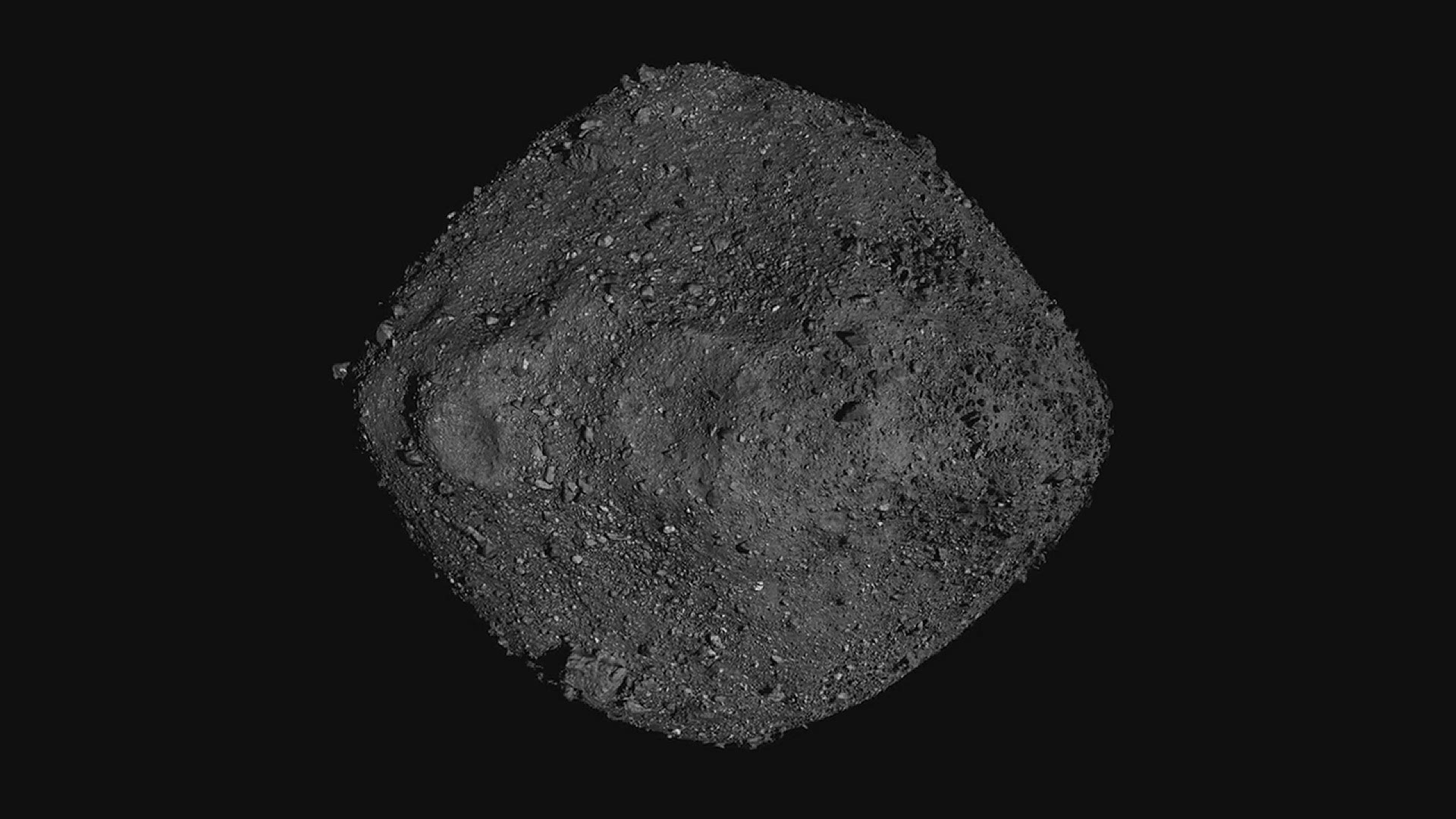ST. PETERSBURG, Fla. — It’s a pretty amazing feat. One that is 16 years in the making. NASA’s Osiris-Rex spacecraft will attempt to land on the 4.5 billion-year-old asteroid on Tuesday.
The Osiris-Rex spacecraft launched Sept. 8, 2016, from Cape Canaveral, Florida, atop an Atlas V rocket. The spacecraft spent the next 26 months cruising to Bennu, officially arriving on Dec. 3, 2018.
Since then, the spacecraft has spent nearly two years orbiting the asteroid and studying its surface.
Over the last few months, the mission team has been rehearsing the touch-and-go process it will attempt Tuesday. It will be a challenge.
First, Bennu is flying through space at 63,000 mph.
Secondly, NASA will need to park a 20-feet-wide spacecraft in a 65-feet-wide crater. On top of the tight squeeze, there is a wall of rocks on the eastern edge of the crater, which includes a pointy rock, nicknamed “Mount Doom,” looming just about 30 feet from the landing site.
If all goes according to plan, the spacecraft will deploy an 11-foot-long robotic arm called TAGSAM – Touch-and-Go Sample Acquisition Mechanism – and spend about 10 seconds collecting at least two ounces of loose rubble from the asteroid. With a successful mission Tuesday, Osiris-Rex will return the sample to Earth in 2023.
The asteroid, Bennu, is a bit taller than the Empire State Building but much wider. Bennu is likely to be rich in platinum and gold compared to the average crust on Earth. Many asteroids do contain elements that could be used industrially in lieu of Earth’s finite resources.
Closely studying this asteroid will give answers to questions about whether asteroid mining during deep-space exploration and travel is feasible. Although rare metals attract the most attention, water is likely to be the most important resource in Bennu.
Water (two hydrogen atoms bound to an oxygen atom) can be used for drinking or separated into its components to get breathable air and rocket fuel. If astronauts can extract water from an asteroid for life support and fuel, deep space travel by humans may be possible.
The sample might also allow scientists to answer questions about the origins of the solar system and all life on Earth.
Bennu is also a near-Earth asteroid with a possible risk of impacting the Earth between the years 2175 and 2199. This mission is also is exploring ways in which such a collision might be avoided.
You can watch this sample collection Touch-and-Go maneuver Oct. 20 at 5 p.m. EDT on NASA Television and the agency’s website.
What other people are reading right now:
- Pinellas, Hillsborough counties report record-breaking first day of early in-person voting
- Watch parties: How to celebrate the Rays across Tampa Bay
- Welcome to 'Champa' Bay: Can the Rays, Bucs keep the streak going?
- 7.5 magnitude earthquake hits Alaska, no word any tsunami threat for Washington
- Polls suggest Biden, Trump neck and neck in Florida
- What you need to know about the 6 constitutional amendments on Florida ballots
►Breaking news and weather alerts: Get the free 10 Tampa Bay app
►Stay In the Know! Sign up now for the Brightside Blend Newsletter

